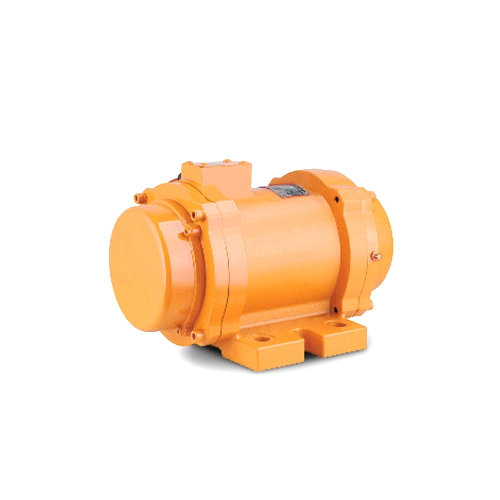In the construction industry, the quality and durability of concrete structures are important. One essential tool that significantly contributes to achieving good concrete quality is the High Frequency External Concrete Vibrator. This specialized equipment plays a critical role in compacting concrete to eliminate air pockets, ensuring a dense and uniform finish.
A High Frequency External Concrete Vibrator operates by generating high-frequency vibrations that are applied externally to the concrete formwork. Unlike internal vibrators, which are inserted into the concrete, external vibrators attach to the outside of molds, providing a non-intrusive and efficient method of consolidation. This approach is especially advantageous for precast concrete applications where mold integrity must be maintained.
One of the primary benefits of using a High Frequency External Concrete Vibrator is its ability to deliver consistent vibration over a wide surface area. This leads to uniform compaction and reduces the risk of segregation and honeycombing. The result is a finished product that meets the high structural and aesthetic standards.
Moreover, the High Frequency External Concrete Vibrator is proper for complex and densely reinforced structures. Traditional internal vibrators can struggle to navigate tight rebar configurations, potentially missing areas and reasulting in weak spots. In contrast, the external vibrator’s ability to vibrate through the formwork ensures thorough coverage without disrupting reinforcement placement.
Durability is another strong point of the High Frequency External Concrete Vibrator. Built for continuous operation in demanding environments, these machines feature robust motors and durable housing materials. Many models also include adjustable frequency settings, allowing operators to tailor the vibration intensity to specific project requirements.

In precast concrete plants, the High Frequency External Concrete Vibrator is a staple tool. It ensures each mold is evenly vibrated, reducing voids and enhancing the bond between concrete particles. The increased compaction translates into greater load-bearing capacity and resistance to environmental wear. As a result, precast components produced with external vibrators often outperform those compacted using manual or less precise methods.
Efficiency gains are another notable advantage. The High Frequency External Concrete Vibrator accelerates the setting process by expelling trapped air more rapidly, reducing overall cycle times. For construction firms, this efficiency means quicker turnaround and higher throughput, directly impacting profitability and project timelines.
Additionally, using a High Frequency External Concrete Vibrator improves worker safety and ergonomics. Since the equipment is mounted externally, there’s less direct handling required compared to internal vibrators. This reduces physical strain on operators and lowers the risk of injury, especially during prolonged use.
From a sustainability perspective, the High Frequency External Concrete Vibrator contributes to reducing material waste. By achieving better compaction, structures require less maintenance and have longer lifespans, lowering the need for repairs or replacements. This long-term performance aligns with modern green building practices and environmental responsibility.
Training operators to use the High Frequency External Concrete Vibrator is relatively straightforward. many units come with intuitive controls, and manufacturers often provide detailed usage guidelines. Proper training ensures that the vibrators are used to their full potential and that concrete placement meets industry standards.
Maintenance is little, which is another reason contractors favor the High Frequency External Concrete Vibrator. Regular inspection of mounting brackets, cables, and motors ensures long-term reliability. With proper care, these vibrators can operate for years without significant performance degradation.

 英语
英语 葡萄牙语
葡萄牙语 西班牙语
西班牙语 русский
русский






 Tel: + 86-576-86320988
Tel: + 86-576-86320988
 Fax: + 86-576-86333217
Fax: + 86-576-86333217
 E-mail:
E-mail:  Add: Dayangcheng Industrial Zone, daxi, wenling, zhejiang, china
Add: Dayangcheng Industrial Zone, daxi, wenling, zhejiang, china
